Congress is getting ready to use an ax where it needs a scalpel by attempting to repeal federal methane rules that took years to develop and could be destroyed in mere weeks.
The Bureau of Land Management issued rules in November limiting the amount of natural gas, mostly methane, that can be vented or flared into the atmosphere instead of being captured and sent to a processing plant to become part of our nation’s fossil fuel production chain.
That portion of the methane rule could curtail oil and gas development on federal and tribal lands where the infrastructure to capture gas is not only expensive but takes months in regulatory approval. Many of those wells were originally drilled seeking oil, and there aren’t pipelines or processing plants in place to handle the gas that escapes at the same time.
But to repeal the entire rule, as Rep. Rob Bishop, R-Utah, hopes to do using the Congressional Review Act, would also throw out important rules on leak detection and repair.
The 1996 review act allows Congress to rescind a new federal rule within 60 days of adoption with 51 votes in the Senate.
However, the act simultaneously prohibits the federal agency from adopting similar rules in the future, meaning that as our nation sees increased oil and gas development, replacing these needed guidelines from preventing loss of this potent greenhouse gas would be years in the making.
We have long supported requiring oil and gas developers to use modern technology to check for costly leaks that vent harmful greenhouse gases into the atmosphere. Colorado pioneered the regulation, working hand-in-hand with the industry, requiring companies to use infrared devices or other technology to detect leaks at well heads, storage tanks and pipelines. In Colorado, such tests must be done four times a year.
The Environmental Protection Agency adopted similar rules last summer, requiring inspections twice a year.
And then the Bureau of Land Management adopted its leak detection rules just before President Barack Obama left office. The timing gave the thoughtful regulation the appearance of being a midnight rule.
It’s unfortunate that reasonable leak detection and burdensome flaring rules are packaged together, but they are.
We hope Bishop and others reconsider repealing the entire package.
The flaring and venting rules wouldn’t take effect until January 2018, and then standards gradually increase until 2026 when the goal becomes a 98 percent capture rate. Congress has time to fix things if the standards prove to be too onerous.
Everyone has an interest in these rules. The gases being wasted on federal land are owned by taxpayers.
Kathleen Sgamma, president of the Western Energy Alliance, says without regulation the industry has already reduced flaring by 21 percent since 1990 even as production increased by 47 percent.
That’s encouraging and we applaud the industry for their work with states on this issue.
However, the Bureau of Land Management found that on federal and Indian leases in 2014, roughly $444 million of natural gas was vented or flared which would have netted $56 million for taxpayers. Sgamma points out that gas is now hovering closer to $1.60 per million cubic feet, not $4, like it was when those figures were developed. Lost royalties are grossly overstated, she said.
Even if that’s the case, Republicans, with their newfound power, have the ability to be surgeons instead of butchers, and we hope they’ll save the ax for something more worthy of it.


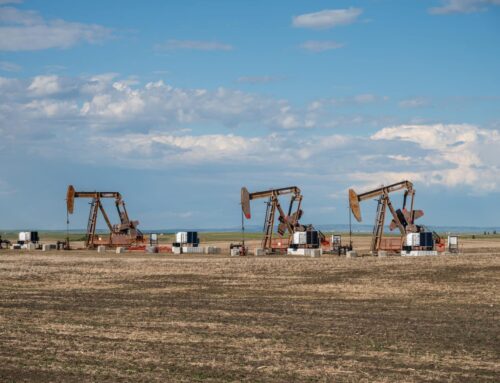
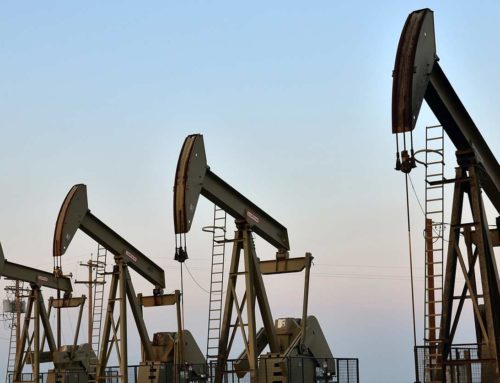
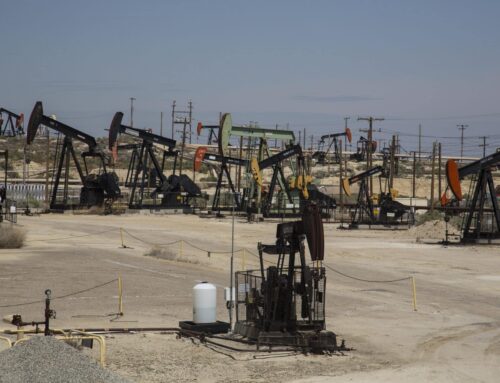
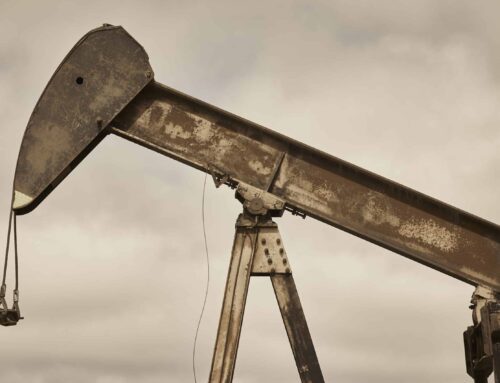
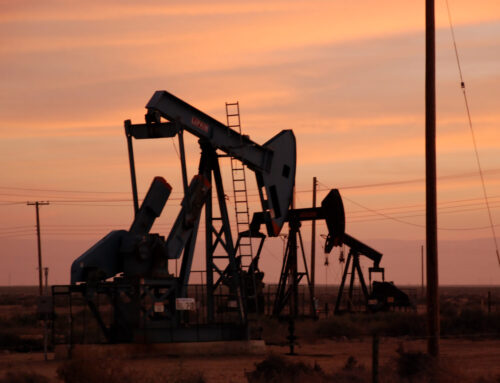


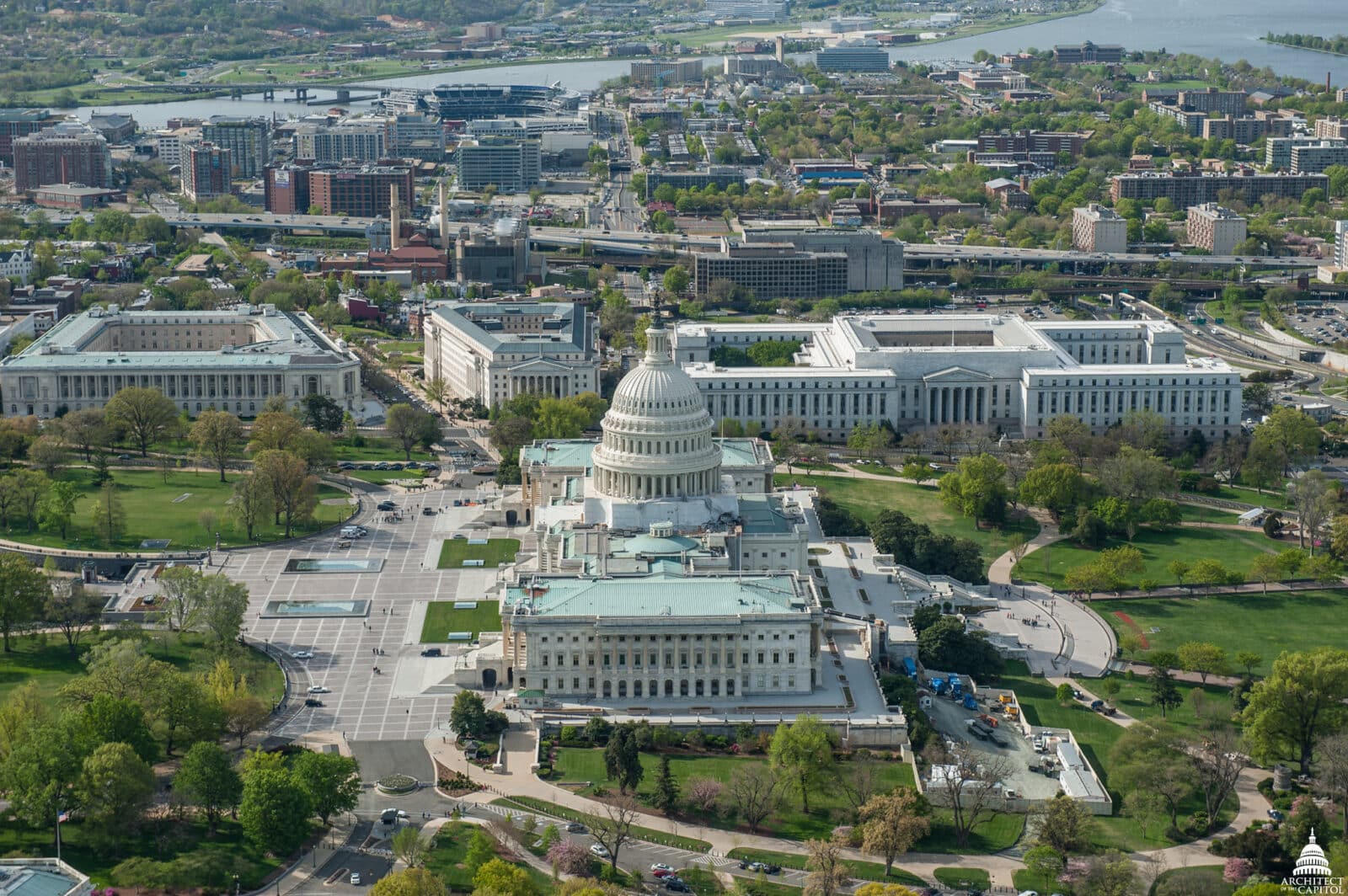
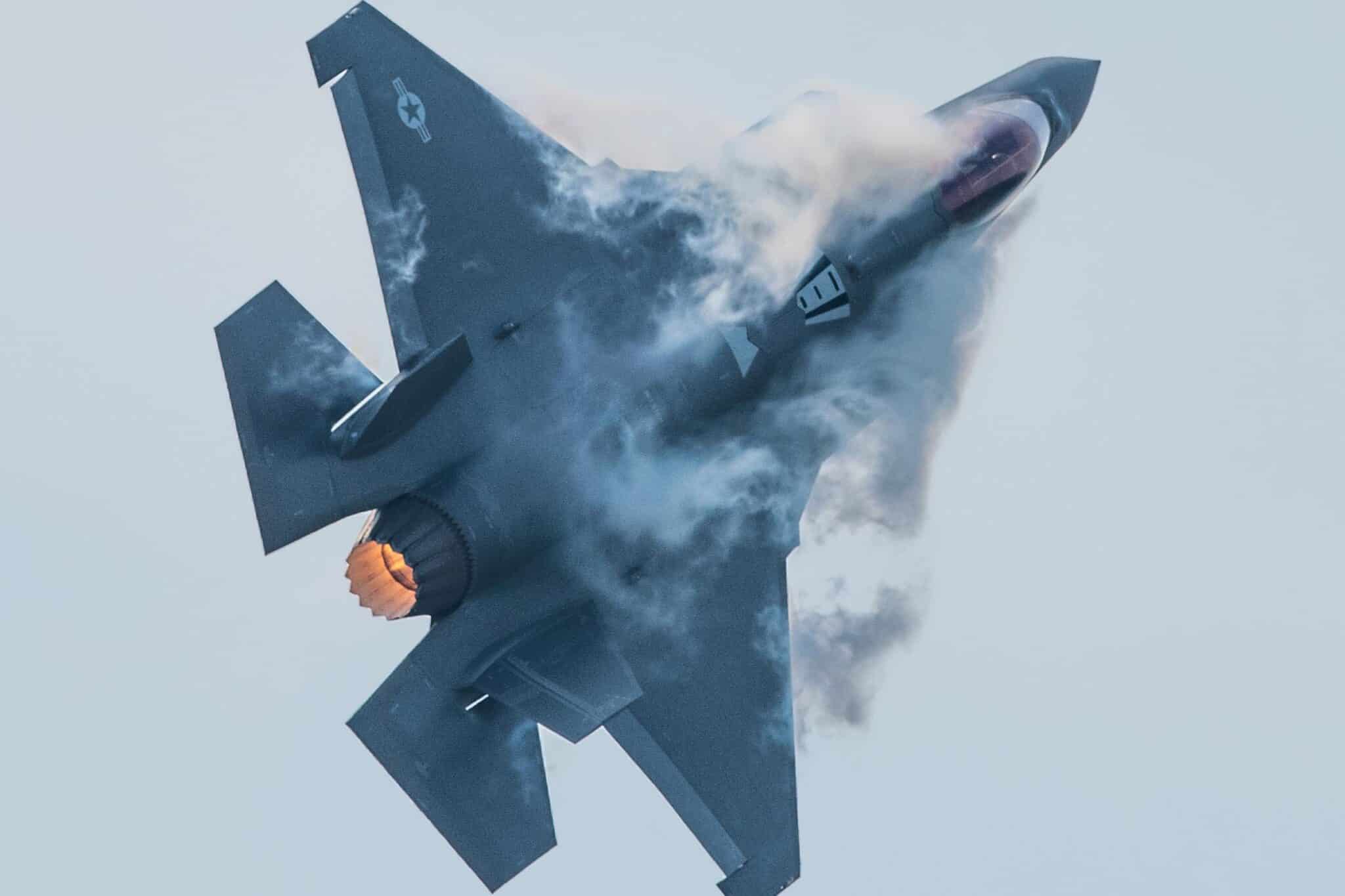


Get Social